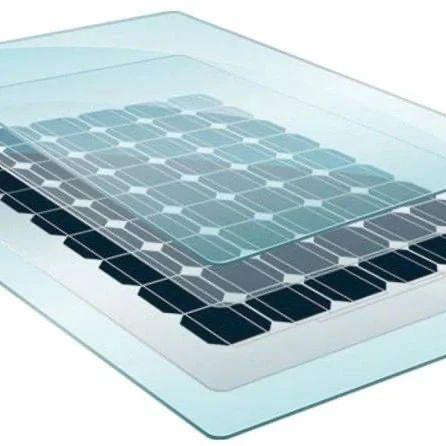

The Use of Frosted Glass A Perfect Blend of Aesthetics and Privacy
Frosted glass has emerged as a popular choice in modern design, seamlessly blending aesthetics with functionality. This versatile material, characterized by its translucent quality, offers a unique solution for achieving privacy without sacrificing natural light. As homeowners and architects continue to embrace innovative design concepts, the use of frosted glass has expanded, finding its way into a wide array of applications.
One of the most significant advantages of frosted glass is its ability to diffuse light. Unlike clear glass, which allows light to pass through unobstructed, frosted glass scatters light, creating a soft and inviting ambiance. This property makes it particularly popular in residential spaces such as bathrooms, where privacy is paramount. By using frosted glass for windows or shower enclosures, homeowners can enjoy natural light while ensuring that their personal space remains shielded from prying eyes.
In commercial settings, frosted glass serves a similar purpose. Office partitions made of frosted glass can create separate workspaces while maintaining an open feel. This design choice enhances collaboration and visibility, allowing for a spacious atmosphere without compromising confidentiality. Furthermore, branding and aesthetics can be incorporated into office design by utilizing frosted glass with custom etchings or logos, combining functionality with an artistic touch.

In addition to its practical applications, frosted glass also lends itself to creative expression. Designers can use various techniques to achieve different frost patterns and textures, making it an ideal medium for artistic installations. Whether used in decorative panels, room dividers, or skylights, frosted glass can enhance the overall design of a space, adding sophistication and style.
Moreover, the use of frosted glass is not limited to interiors; it can be effectively utilized in exterior applications as well. For instance, frosted glass can be employed in balcony railings or exterior windows, providing privacy without obstructing views. This versatility allows architects to push the boundaries of traditional design, offering innovative solutions that cater to the needs of modern living.
Environmental sustainability is another factor to consider. Frosted glass can contribute to energy efficiency by reducing glare and enhancing thermal performance. Its ability to diffuse sunlight helps regulate indoor temperatures, thereby potentially lowering energy costs associated with heating and cooling.
In conclusion, the use of frosted glass stands out as a remarkable solution in contemporary design, offering a perfect blend of aesthetics and privacy. Whether in residential or commercial environments, it enhances the visual appeal of spaces while serving practical purposes. With its versatility, artistic potential, and contribution to sustainability, frosted glass is poised to remain a favorite choice among designers and homeowners alike. As we continue to seek innovative ways to enhance our environments, frosted glass will undoubtedly play a pivotal role in shaping the future of architectural design.